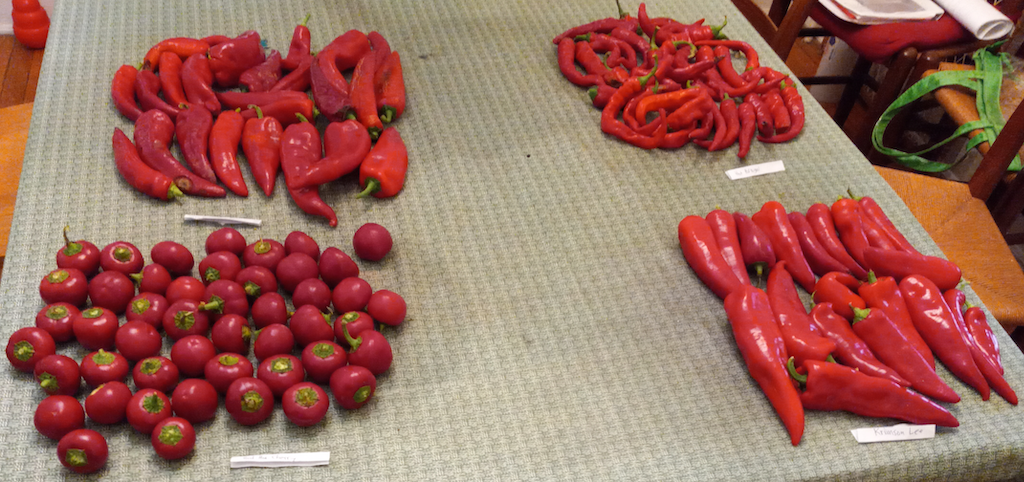I come from a family of corn-poppers. I pop in vegetable oil, rarely buttering the finished product, although I do salt generously. I love it even without butter, and no butter makes cleanup easier. Here I describe each step of my corn-popping technique, explaining why I think it helps. Having used several combinations of pan and stove, I believe my approach is sound.
The pan. I recommend a dedicated corn-popping pan, say three quarts. I just can’t keep the pan clean enough for other uses. As the corn pops, oil seeps out between lid and pan, oozing down the outside and turning into a black and impenetrable coating. I simply wipe the pan free of debris with an old sponge, as with cleaning cast iron. The whole pan eventually becomes sticky, so it does get an annual trip through the dishwasher.
The oil. I use canola. Extra virgin olive oil contributes too much of its own flavor for me, although adding some to the canola is enjoyable. I’ve read that the distinctive flavor of movie theater popcorn is due to palm oil, but I’m not particularly fond of that flavor and so far haven’t tried it (although I’d like to, just to test that claim). I’ve used half bacon grease, but it somehow gets all over everything, doesn’t add much taste, and requires more cleanup, as with butter.
The corn. I like Orville Redenbacher’s yellow popcorn, because it consistently pops up into bigger, fluffier kernels than other popcorns. It’s more expensive, but so cheap per actual batch that it’s my first choice. I’ve found nothing wrong with megamart store brands. Yellow corn usually pops up bigger and fluffier than the white corn, and to me has a more intense corn flavor, but I’ve spoken to people who insist that white popcorn is superior. Obviously, it’s a matter of taste.
The technique. First, decide how much popcorn you are going to make, then add the right amount of oil. This step takes experience. I slowly pour it in until it doesn’t quite cover the pan bottom. In summer, when the oil flows freely, I stop adding just before it fills the bottom. In winter the oil is thicker, so I stop adding just past the half-way mark.
Second, add three kernels, adjust the burner to the proper setting, and put the lid on. This step also takes experience. Your pan/burner combination defines the appropriate setting, and the three pops you hear will be informative. Starting from cold, it should take a couple minutes before they pop. There may be quite a long time between pops, or they might be nearly simultaneous. Rarely, one will not pop, or will only half pop. If they pop too quickly or look small and burned when popped, your burner is too hot. A bit above medium may be the right setting.
Third, pour in the kernels. The oil will now flow like water rather than sludge. I pour until there are still a few lakes of oil visible among the kernels. Then I give the pan twelve good swirls and some back-and-forths to make sure the kernels are fully coated. I then check and add more kernels (with swirling/shaking), repeating until the kernels are glistening with oil, but there are no major lakes or rivers. Then I let er pop! If it starts pushing the lid off, just pour a bit out into your bowl, put the lid back on, and set the pan back on the burner, perhaps with a few shakes. If you get a lot of burned or unpopped kernels, you may have put in too much oil and thus too much corn. Or you may have the oil to corn ratio too low.










